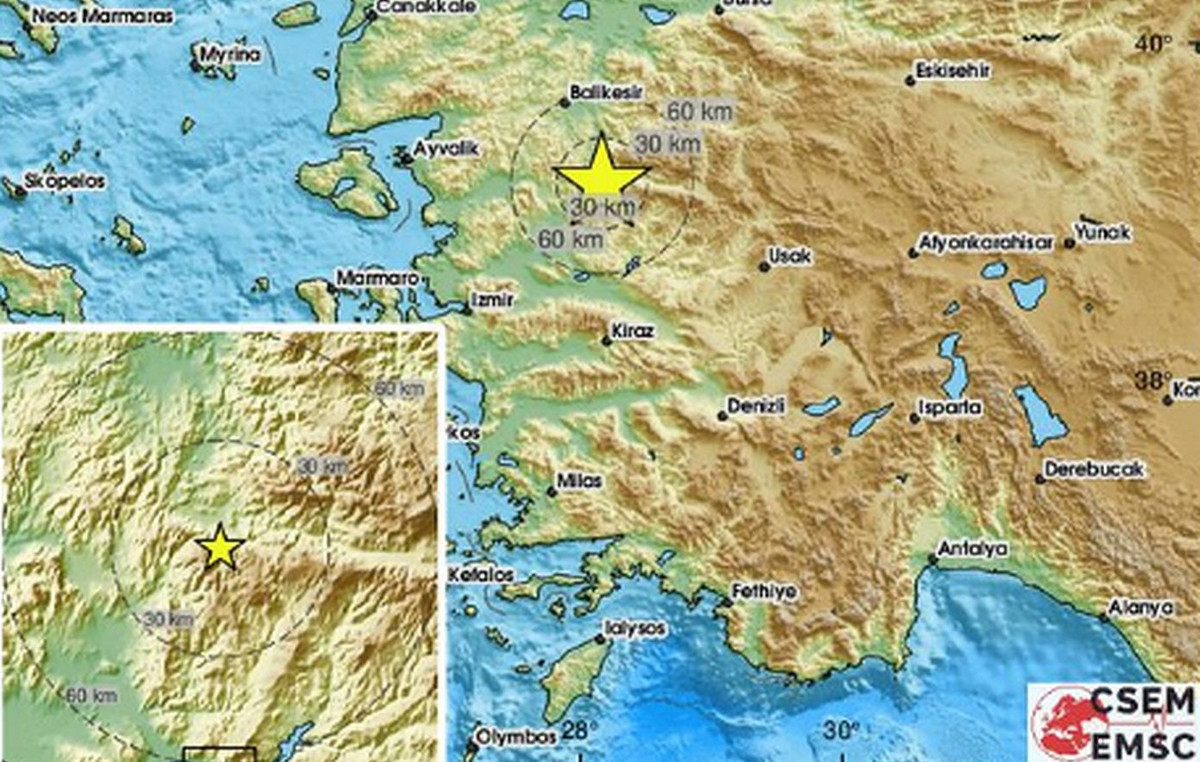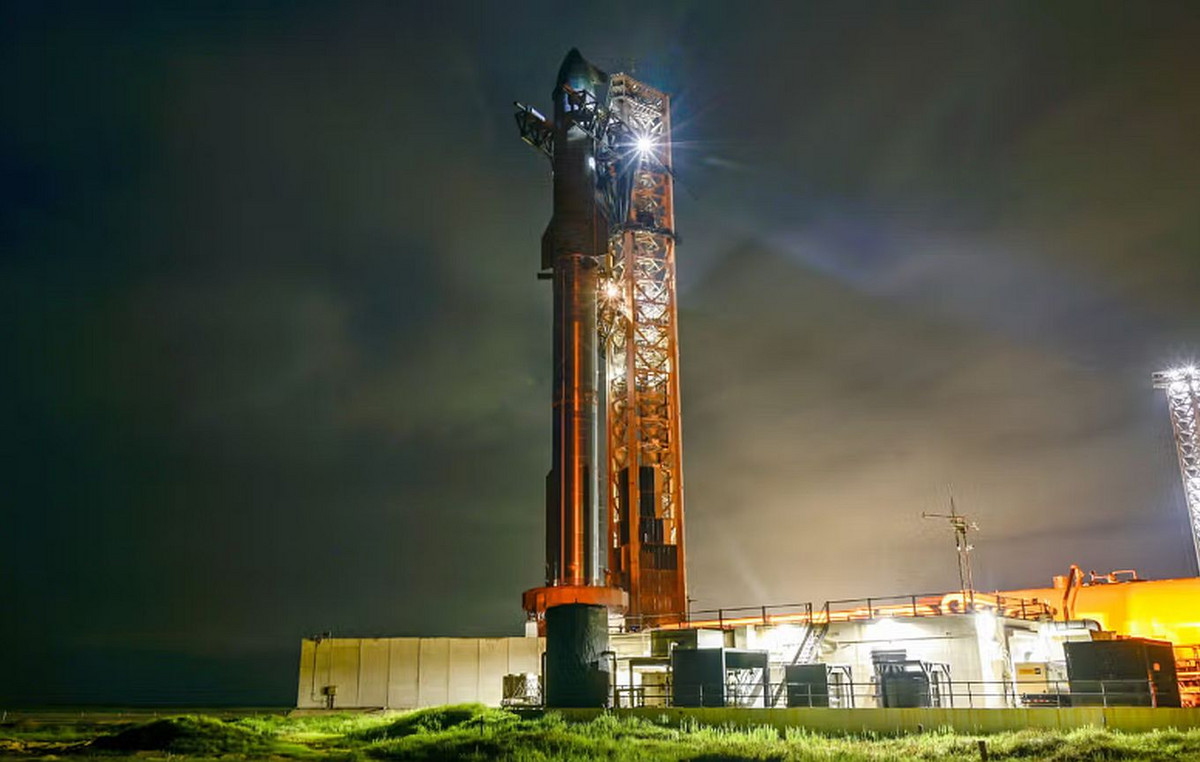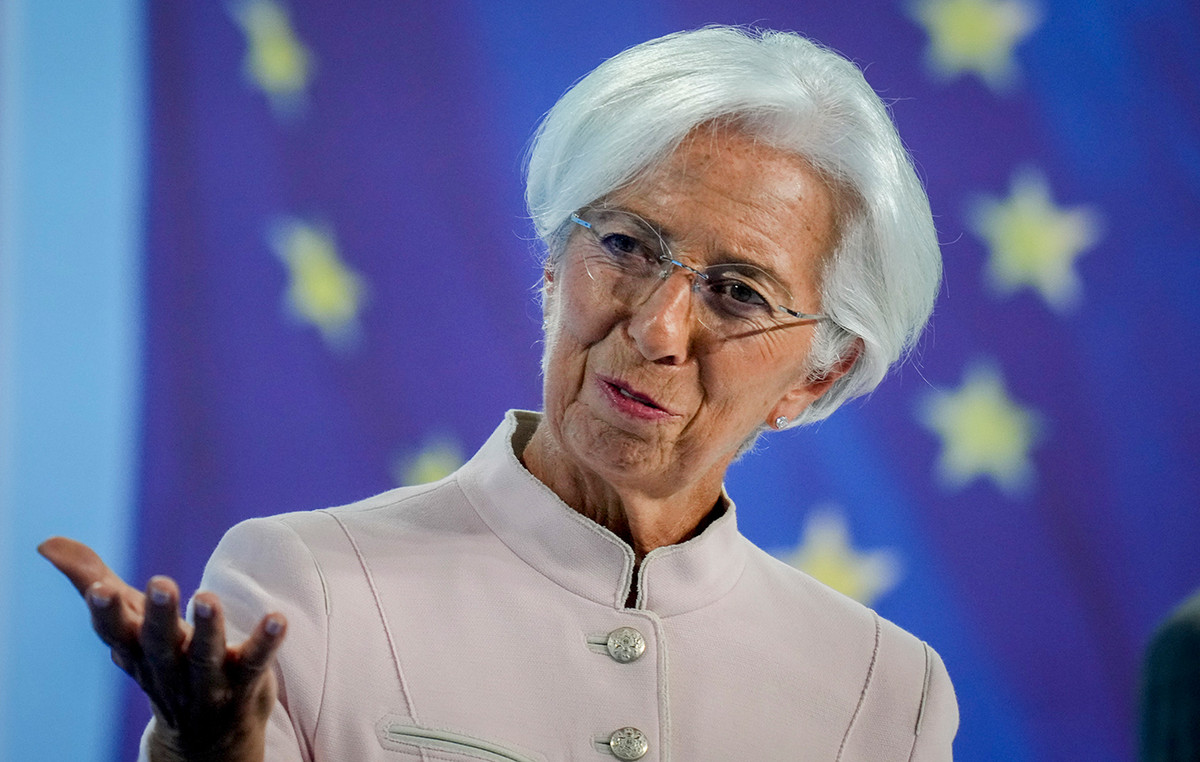It’s been half a decade since SpaceX captured the world’s attention with the decision to launch Elon Musk’s personal Tesla Roadster into outer space, sending the car on an endless journey into the cosmic wasteland, where it is expected to remain for millennia.
On Monday (6), the cherry-colored sports car officially completed five years in space.
By the time of that anniversary, data estimates show it has completed about three and a quarter times around the sun and is positioned about 200 million miles from Earth, according to the tracking website whereisroadster.com.
The roadster covered more than 4 billion kilometers, mostly through sterile vacuum. Although, in 2020, the vehicle made its first approach to Mars, passing 8 million kilometers from the planet, or about 20 times the distance between Earth and the Moon.
It’s difficult, however, to say where the vehicle is with absolute certainty – or to determine if it’s still in one piece, as it’s possible the car was damaged or destroyed by a meteoroid or corroded beyond recognition by radiation. There have been no direct observations of the roadster since 2018, in the weeks shortly after it was launched into orbit atop a three-million-pound Falcon Heavy rocket. Current data is based only on calculated estimates of the car’s trajectory.
Astronomers don’t have much incentive to actively track the car, as it doesn’t offer much scientific value.
Ultimately, Tesla’s car was intended to serve as a expendable “dummy payload” for the first Falcon Heavy mission in February 2018, a launch that even Musk predicted would only have a 50% chance of success.
But the launch, after all, went without a hitch. And the car has been circling the sun ever since, taking an oblong path that oscillates as far away as the orbit of Mars and as close to the sun as Earth’s orbit.
On Monday, it was crossing the path of Mars, even though the planet itself was on the opposite side of the sun.
Ahead of its 2018 launch, SpaceX loaded the car with several Easter eggs. Behind the wheel was a mannequin dressed in a space suit, nicknamed Starman, and on the dashboard, a sign that said “Don’t Panic”, a reference to the famous science fiction story “The Hitchhiker’s Guide to the Galaxy”. There was also a data storage device loaded with the works of science fiction writer Isaac Asminov and a plaque bearing the names of thousands of SpaceX employees.
Musk said at the time of launch that he hoped humans would one day establish settlements on other planets in the solar system — a longtime fantasy of Musk’s that also underpins SpaceX’s stated mission to colonize Mars. If and when that happens, Musk said he hopes his “descendants will be able to drag [o roadster] back to a museum”.
For now, however, the roadster is not likely to pass close to another planet until 2035, when it will pass close to Mars again. It will then make two passes within a few million kilometers of Earth in 2047 and 2050, according to NASA data.
A 2018 academic paper also estimated that the chances of the car crashing into Earth in the next 15 million years are around 22%. The chances of colliding with Venus or the sun are 12%.
If the car ends up crashing toward Earth, we’ll just have to hope it’s torn to pieces on its way back into Earth’s thick atmosphere.
Space objects that collide with Earth are quite common and often burn up in the atmosphere upon entry. Impacts usually do not affect populated areas.
To keep tabs on the roadster’s predicted location, it has its own entry in NASA’s Horizons database, which tracks all “bodies” in the solar system, including exploration probes, planets, moons, comets and asteroids. The Tesla is listed as object -143205, “SpaceX Roadster (spaceship) (Tesla)”.
Source: CNN Brasil
Bruce Belcher is a seasoned author with over 5 years of experience in world news. He writes for online news websites and provides in-depth analysis on the world stock market. Bruce is known for his insightful perspectives and commitment to keeping the public informed.







